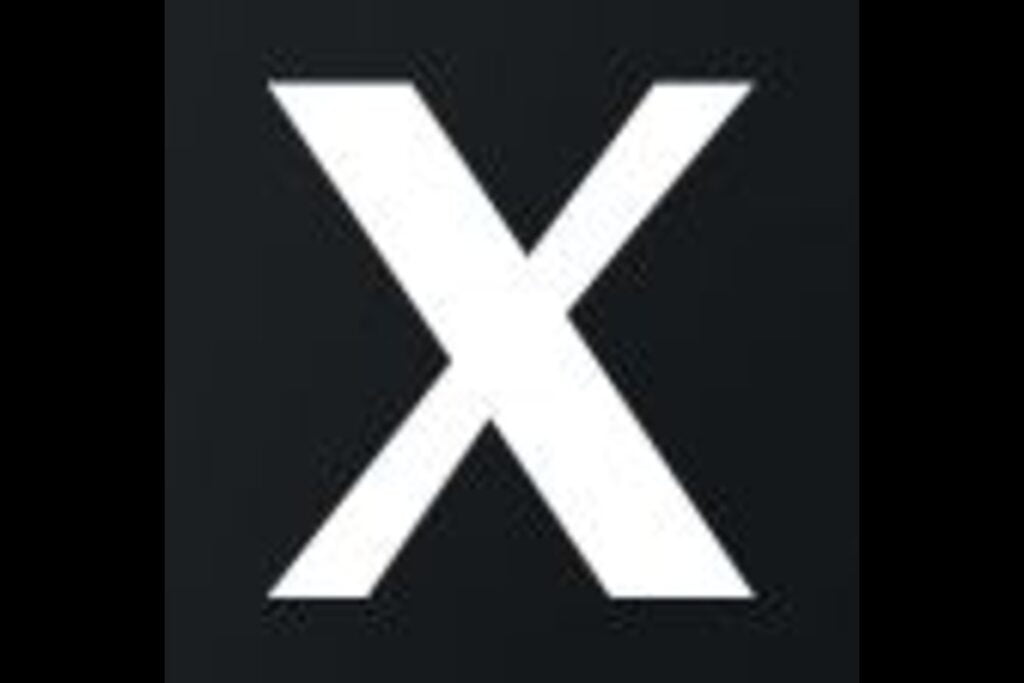As the cryptocurrency market continues to evolve, it’s essential to understand the unique characteristics and features of different cryptocurrencies. In this blog post, we will focus on Ripple Coin (XRP) and compare it to other popular cryptocurrencies. By examining key aspects such as technology, use cases, and market positioning, we aim to provide a comprehensive overview of how Ripple Coin stands out from the crowd.

Technology and Consensus Mechanism:
Ripple Coin utilizes a distinct technology known as the Ripple Protocol Consensus Algorithm (RPCA). Unlike other cryptocurrencies that rely on proof-of-work (PoW) or proof-of-stake (PoS), XRP uses a consensus algorithm that allows for fast and efficient transaction validation. This technology enables XRP to settle transactions in a matter of seconds.
Use Cases and Focus:
While many cryptocurrencies aim to be general-purpose digital currencies or decentralized platforms, Ripple Coin has a specific focus on facilitating fast and low-cost cross-border transactions. Ripple, the company behind XRP, has developed payment and liquidity solutions for financial institutions, making XRP an integral part of their global money transfer infrastructure.
Partnerships and Adoption:
Ripple has forged partnerships with numerous banks, financial institutions, and payment providers worldwide. These collaborations have helped drive the adoption of XRP as a bridge currency for international remittances. It’s worth noting that Ripple’s partnerships and adoption differ from the decentralized nature of other cryptocurrencies.
Supply and Distribution:
Ripple Coin’s supply is pre-mined, meaning that all coins were created at the project’s inception, and there is no mining process involved. The total supply of XRP is 100 billion, with a significant portion held by Ripple Labs. This distribution model has drawn both support and criticism within the crypto community.
Regulatory Considerations:
The regulatory landscape surrounding cryptocurrencies varies across jurisdictions. Ripple and XRP have faced regulatory scrutiny, particularly regarding the classification of XRP as a security. The outcome of these regulatory discussions may influence the future development and adoption of Ripple Coin.
Market Performance and Price Volatility:
Like all cryptocurrencies, Ripple Coin has experienced price volatility. Its market performance is influenced by various factors, including market sentiment, news events, and the overall cryptocurrency market trends. It’s critical to keep in mind that investing in cryptocurrencies entails risks and that market conditions can change quickly.
10 Fun facts about Ripple Coin (XRP):
- Speedy Transactions: XRP is known for its fast transaction speed. It can settle transactions in just a few seconds, making it one of the quickest cryptocurrencies in terms of transaction confirmation.
- Ripple’s Founding Story: Ripple, the company behind XRP, was founded in 2012 by Chris Larsen and Jed McCaleb. They aimed to develop a decentralized payment protocol that would enable secure and low-cost international money transfers.
- Non-Mineable Coin: Unlike many other cryptocurrencies, XRP is not minable. All 100 billion XRP coins were created when the Ripple network was launched, with a significant portion held by Ripple Labs.
- Ripple’s Consensus Algorithm: XRP uses the Ripple Protocol Consensus Algorithm (RPCA) as its consensus mechanism. This algorithm allows for efficient transaction validation and consensus among network participants.
- Ripple’s Focus on Banks and Financial Institutions: Ripple’s primary focus is on providing payment and liquidity solutions to banks and financial institutions. XRP is used as a bridge currency for facilitating faster and more cost-effective cross-border transactions.
- XRP Ledger: XRP operates on its own blockchain called the XRP Ledger. It is an opensource blockchain protocol that enables the secure and efficient transfer of XRP.
- Partnership with MoneyGram: Ripple has a strategic partnership with MoneyGram, one of the world’s largest money transfer companies. This collaboration aims to leverage XRP for instant settlement of cross-border transactions, enhancing efficiency and reducing costs.
- Popularity in Asia: XRP has gained significant popularity in Asian markets, particularly in Japan and South Korea. These regions have seen high adoption rates and trading volumes for XRP.
- Ongoing Regulatory Discussions: XRP has faced regulatory scrutiny and discussions regarding its classification as a security by regulatory authorities. The outcome of these discussions could have implications for its future regulatory framework and market positioning.
- XRP Community: XRP has a dedicated and passionate community of supporters known as the “XRP Army.” They actively engage on social media platforms, share updates, and advocate for the adoption and recognition of XRP.
Unique positions:
Ripple Coin (XRP) distinguishes itself from other cryptocurrencies through its technology, focus on cross-border payments, and partnerships with financial institutions. While Ripple Coin’s centralized nature and regulatory challenges have sparked debates within the crypto community, its unique positioning and use cases have attracted significant attention and adoption. Understanding the differences between Ripple Coin and other cryptocurrencies can provide valuable insights for investors and enthusiasts as they navigate the evolving landscape of digital currencies.
Disclaimer
Remember, investing in cryptocurrencies involves risks, and it’s important to conduct thorough research and seek professional advice before making any financial decisions.
(Please keep in mind that this post is solely for informative purposes and should not be construed as financial or investment advice.)


